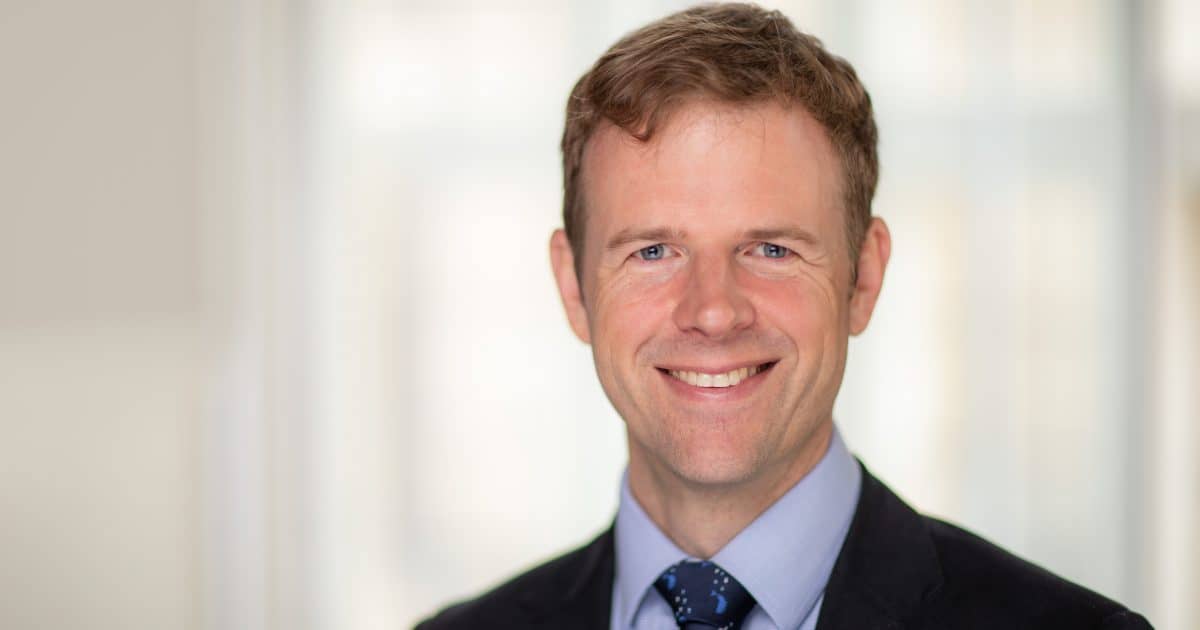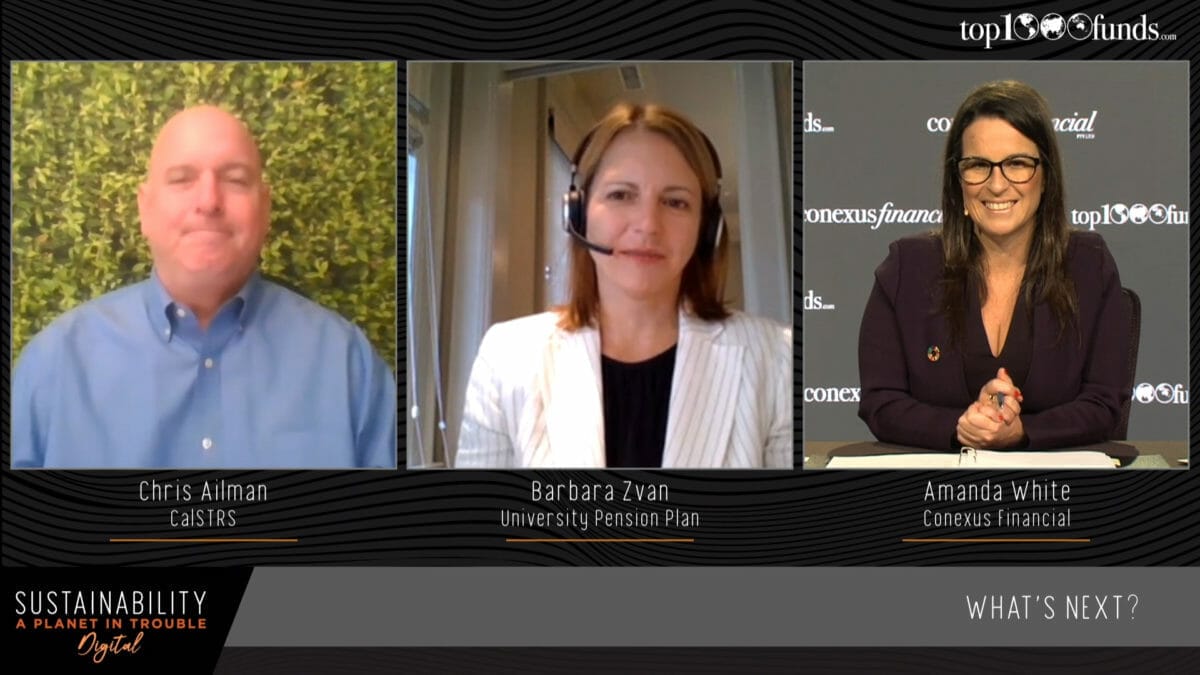There is a lack of understanding in investment decision-making about how big the climate crisis is which could lead to investments and risks being mis-directed, according to Professor Cameron Hepburn, Professor of Environmental Economics at Oxford University.
“In the decision-making process there is still a lack of understanding of how big this is. It’s a rewiring of the whole economic and financial system, if you are unaware of how that rewiring is likely to happen then you’re probably putting money into the wrong categories, or taking risks you’re unaware you’re taking. Are boards and investment committees having the right level of sophisticated awareness of these topics?”
He says boards and investment committees can access executive education programs at Oxford and other universities that will upskill their capabilities in regard to the climate emergency.
“There is a lot to think about. We have just seen what can happen when the science is ignored. All the science said it was coming and you didn’t listen,” he said in regard to COVID-19. “Personally I sold out of equities in January, because I looked at the science and thought it didn’t look good. It will just be gutting if that happens again with climate, all the science is telling us that it is coming at us, so listen to it.”
Investors should do more forward-looking risk modelling, and abandon old paradigms, Hepburn said, and argues the investment industry can learn a lot from science in the management of complex adaptive systems.
Looking at sensitive intervention points and the idea that small changes in one area can trigger knock on effects to the whole system, known as complex systems science, is an area of science gradually being brought into economics.
“This is the idea that if you have a complex adaptive system like the climate or the economic system then small deviations or changes in one part of the landscape can trigger knock on effects to the system as a whole, especially if it is at a state of criticality,” he said in a podcast interview.
“Applying it to climate we have been observing small and apparently unrelated changes have had big impacts on energy, transport, and food systems.”
Hepburn, who is director of the Smith School of Enterprise and the Environment and leads a number of programmes on sustainability at the Oxford Martin School, said investors need to get out of the old paradigms and look at a better way of understanding complex systems.
“Even the concept of the black swan doesn’t’ really help us to capture the fact these distributions are not bell shaped, or fat-tailed or non-normal distributions. The interactions between parts of the economy are shifting the distribution all together. So these things that are supposed to be a 1 in 10,000 event become the mean because you’ve shifted the distribution,” he said.
“Put another way, if you’re walking towards the cliff edge, except you’re walking towards it backwards looking where you’ve been previously walking and saying there’s no evidence of a cliff edge, then you walk off the edge, you’re looking in the wrong direction. It’s pretty obvious that only using backward or historical looing data does not tell you what you need to do, especially where there are non linear dynamics in the system. It’s uncomfortable because in order to turn around and look forward you end up having to be a bit more speculative, to understand the underlying connectivity and network of the system. If you don’t do that you’re pretending they don’t exist. It’s important we start doing more forward looking work in this area of finance risk modelling.”
Hepburn, who advises governments in the UK, China, India and Australia as well as the OECD and United Nations, is an advocate for a price on carbon. Compared with other policies he said a carbon price tackles the demand and supply side at the same time and so there is less leakage. But the challenge is getting the right level.
“Views will differ among economists, the mean range I would say is about $50-100 a tonne. Some will say that’s way too low and want $300 a tonne to get us to zero, others say the innovation down the line means we don’t need it that high and would be damaging to the economy. There are a number of countries that have prices in that range. Many have implicit prices much higher than that range. We economists may know what we need to do – the action is in the policy, psychology and acceptance of these policies.”
For investors looking to integrate climate change into their policies, Hepburn advises starting at a high, top down level, which is what the Oxford endowment did.
He said a set of Oxford Martin principles helped guide questions around climate in the investment portfolio, which includes:
- Are you investing in funds/companies/investments where the people managing them get it and the imperative to get to net zero?
- Do they have a plan to be profitable in that scenario?
- What’s the plan, how to get there and when?
- Can you track progress?
“We framed it that way. Working out your carbon footprint of the portfolio is not really very informative, for example you might need to increase emissions now to reduce them later. Investors need to be a bit more sophisticated than just a carbon footprint,” he said.
For more episodes in the Fiduciary Investors Series podcast click here.




